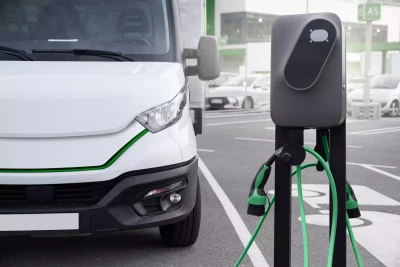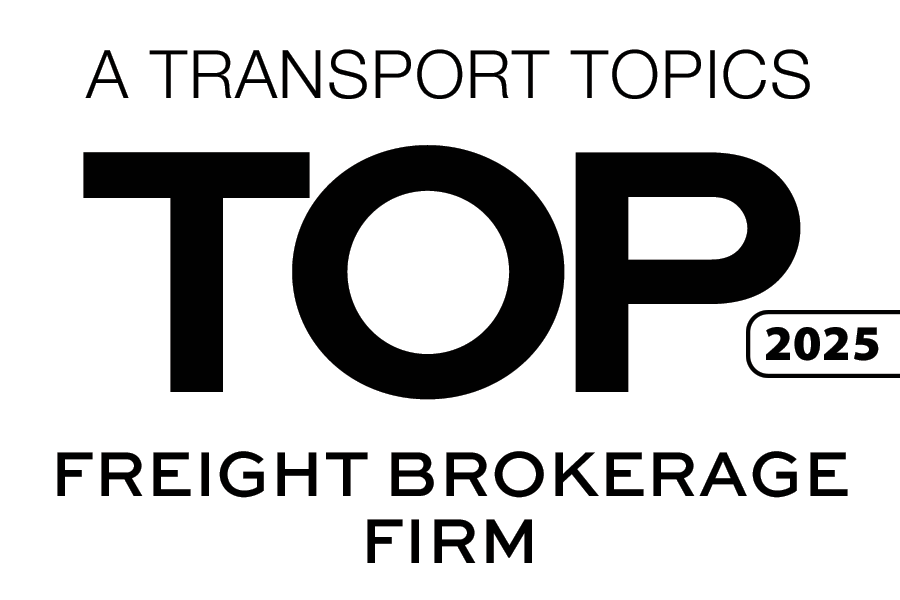Realistic regulations are key for adoption of electric trucks
June 20, 2023
 Thanks to advances in technology, today’s tractor trailers are around 60 times cleaner to operate than their counterparts from the 1980s from an emissions standpoint. Even with these advances, a shift from fossil fuels toward greener alternatives is gaining regulatory momentum.
Thanks to advances in technology, today’s tractor trailers are around 60 times cleaner to operate than their counterparts from the 1980s from an emissions standpoint. Even with these advances, a shift from fossil fuels toward greener alternatives is gaining regulatory momentum.
“As time has gone on, the technology and the conversation on the environment have changed,” says Paul Ruiz, Director of Energy & Environmental affairs at the ATA. “Climate change and our industry’s contribution to emissions has really become a focus in Washington.”
Right now, the trucking industry is responsible for approximately 24% of the nation’s CO2 emissions. To help reduce this impact, the Environmental Protection Agency (EPA) is examining three key areas that will shape policy for the industry moving forward.
First, the EPA is closely following the shift in the OEM market toward research and development of electric vehicle (EV) powertrains. The degree to which manufacturers choose to invest in these technologies will no doubt shape the future of the transport industry and its impact on the environment.
What practical challenges do EV mandates pose for owner operators nationwide? Watch the latest episode of the Stay In Your Lane Podcast to learn more.
Next, EPA officials are reviewing the incentive structure favoring the adoption of EV’s. This includes elements of the bipartisan infrastructure legislation as well as the Inflation Reduction Act providing incentives for the adoption of commercial heavy-duty EVs, including a $40,000 purchase incentive.
Lastly, the EPA is concerned with a growing number of state requirements related to EVs in the transport field. Purchase mandates in California and other states favor aggressive adoption of heavy-duty EVs. Due to its outsized influence, California’s push for EVs in trucking could set the trend for the rest of the nation.
“Right now, an electric truck sells at a premium [compared] to a diesel truck. It’s about three to four times more expensive,” Ruiz explains. “The incentives exist to more aggressively scale the production and boost sales of electric vehicles.”
The adoption of technology in the transport industry has historically been a slow and steady process. Incentives for EVs aim to accelerate their market position and make new eco-friendly tech more attractive in spite of the higher price tag. Combined with new regulatory penalties for diesel trucks, California lawmakers and the EPA hope to create parity between old and new fuel sources that would eventually favor widespread adoption of EVs.
In the ATA’s view, California’s timetable for practical adoption of EVs in the transport industry is far too aggressive. Purchase requirements, electrical infrastructure, and other economic considerations all pose serious challenges to an industry-wide embrace of EVs in the near future.
“We are about achievable and realistic regulations,” Ruiz says of the ATAs stance on EVs. “We start at ‘yes,’ but we want emissions policies and a framework that are achievable and are going to work for our industry.”
With the majority of the transport industry consisting of small owner-operator businesses, mandating the adoption of EVs is no simple feat from a financial standpoint.
“These are costly, costly trucks today. $40,000 today will probably cover the Federal excise tax on a new Electric Truck,” says ATA VP of Energy and Environmental Affairs Jacqueline Gelb. “Are [incentives] going to move the needle? Likely not.”
Financial investment aside, it’s hard to imagine widespread growth in the EV market until reliable and abundant charging infrastructure is in place.
“It’s going to be a very expensive lawn ornament if there’s not a place to go and charge that truck,” says Gelb.
ATA recognizes the potential for EVs in certain markets and applications in the short term. Meanwhile, the opportunity to leverage renewable diesel can help meet environmental standards as EV infrastructure scales up. Responsibly navigating this transition within a reasonable timeframe remains ATA’s priority.
“There is a transition happening, and we need some interim solutions in the meantime,” says Ruiz. “Tackle some of the easier use cases that are better suited for electrification, and then we’ll take on some of the harder ones at a later point. That’s in line with how our industry has always operated.”
EVs and other alternative fuels present exciting new possibilities for the future of the transport industry and the wellbeing of the environment. A reasonable rollout of these new technologies that works for the transport industry will be key in their successful adoption. For all the latest on this important trend as it develops, subscribe to the Stay In Your Lane Podcast.














